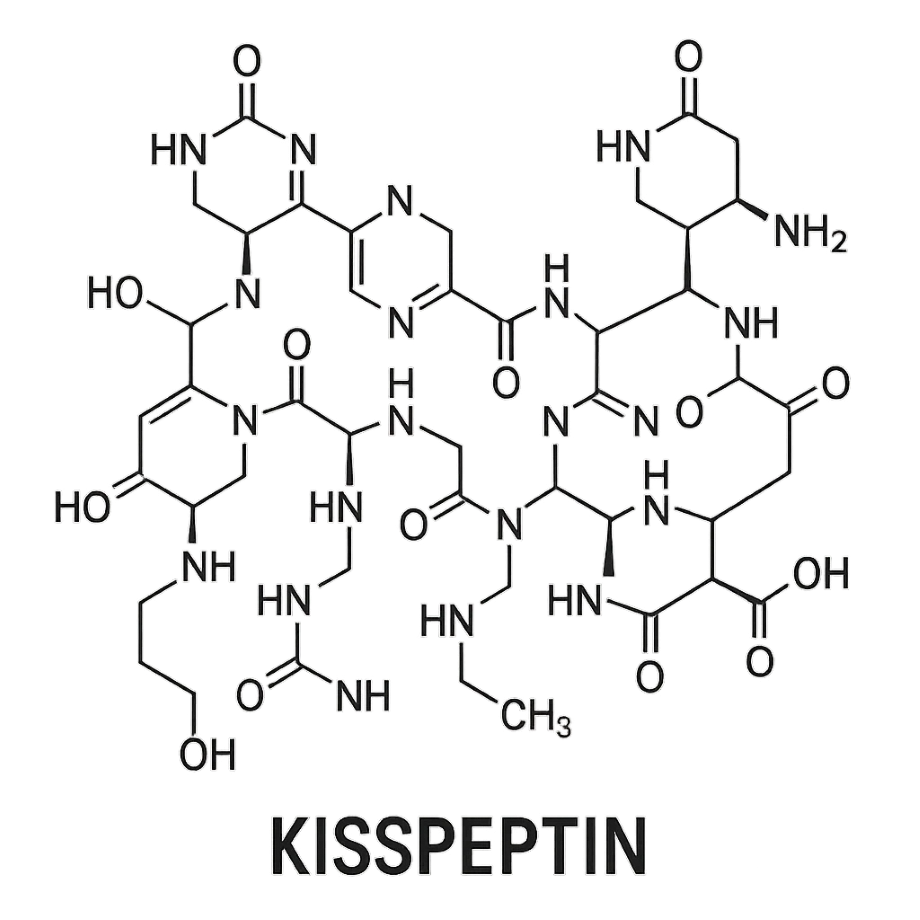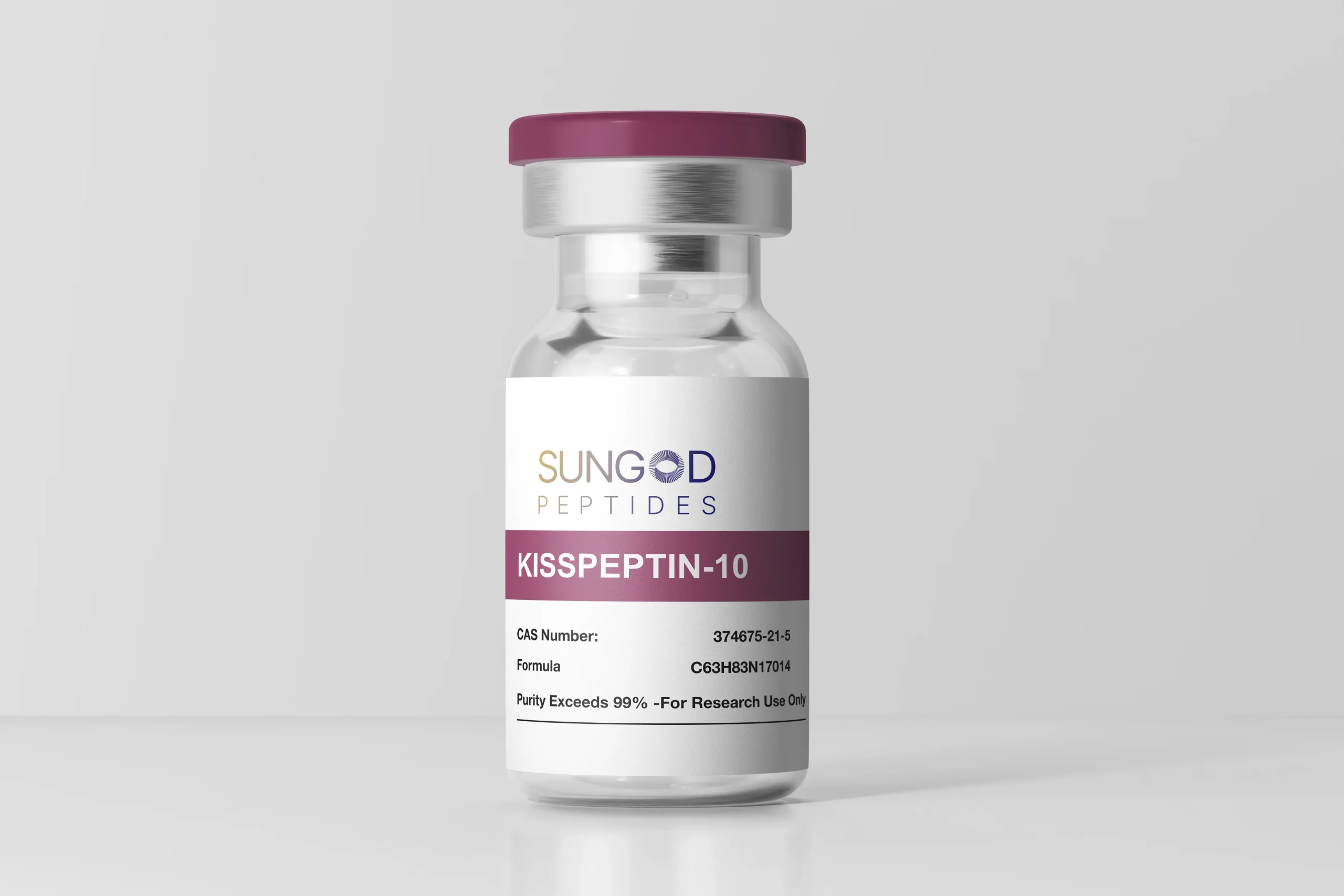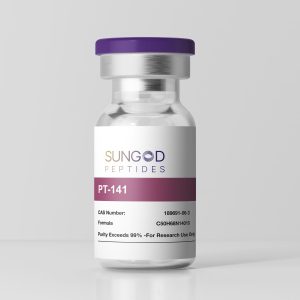Kisspeptin
$75.00
Kisspeptin
Islip
Pickup available, usually ready in 24 hours
3 Grant Ave.
Ste. B
Islip NY 11751
United States
+16316770030
Kisspeptin is a neuropeptide hormone that plays a central role in the regulation of the reproductive hormone axis. It acts as a master regulator of gonadotropin-releasing hormone (GnRH) by binding to the KISS1 receptor (GPR54) in the hypothalamus. This triggers the release of GnRH, which subsequently stimulates the secretion of luteinizing hormone (LH) and follicle-stimulating hormone (FSH), governing sex hormone production and reproductive function. Kisspeptin is increasingly recognized for its therapeutic potential in fertility, puberty regulation, and hormone restoration.
Applications
- Natural stimulation of sex hormone production (testosterone, estrogen, progesterone)
- Male and female fertility support (e.g., ovulation, sperm production)
- Hormone restoration during HRT while preserving fertility
- Treatment of delayed or disordered puberty
- Management of hypogonadotropic hypogonadism
- Potential use in assisted reproductive technology (ART)
Mechanism of Action
Receptor Binding (KISS1R): Kisspeptin binds to the KISS1 receptor (GPR54) in the hypothalamus, primarily on GnRH neurons
Intracellular Calcium Signaling: Binding activates G-protein pathways → triggers PLC → raises intracellular Ca²⁺ → depolarizes GnRH neurons
GnRH Release: Leads to pulsatile release of GnRH into the pituitary, where it stimulates LH and FSH secretion
Downstream Hormonal Cascade: LH and FSH act on gonads to produce sex hormones and regulate fertility
Hormonal Feedback: Estrogen and testosterone modulate kisspeptin activity to maintain hormonal balance; metabolic stress can also influence its signaling
Key Research Studies
1. Fertility Regulation via GnRH Stimulation
Findings: Kisspeptin increases GnRH, LH, and FSH, supporting ovulation and spermatogenesis
Clinical Insight: Kisspeptin is a viable alternative to GnRH agonists/antagonists in fertility therapies
PMID: https://pubmed.ncbi.nlm.nih.gov/21310881/
2. Hypogonadotropic Hypogonadism Treatment
Findings: Kisspeptin can restore reproductive hormone levels in individuals with GnRH deficiency
Implication: Useful in treating male and female fertility disorders
PMID: https://pubmed.ncbi.nlm.nih.gov/21262681/
Biological Effects and Benefits
Stimulates Natural Hormone Production:
Increases LH and FSH via GnRH, enhancing testosterone or estrogen levels
Fertility Enhancement:
Regulates menstrual cycles, induces ovulation, and stimulates sperm production
Supports Puberty:
Triggers the onset of puberty in adolescents with delayed sexual development

Fertility Preservation in HRT:
Promotes natural hormone cycling without suppressing reproductive function
Mood and Metabolic Regulation (Potential):
KISS1R presence in brain areas tied to mood suggests possible wider effects
Molecular Structure

- Peptide Type: Neuropeptide hormone
- Common Forms:
- Kisspeptin-10: Tyr-Asn-Trp-Asn-Ser-Phe-Gly-Leu-Arg-Phe-NH₂ (~1.3 kDa)
- Kisspeptin-54: Full-length (~6.3 kDa)
- Structure Notes: Binds to the G-protein-coupled receptor KISS1R; different lengths retain biological activity


